After five days on the road, I was heading to a friend’s house in Asheville, NC. I had driven Mary Ann and her aging dog to Asheville when she made her initial move four years ago. She was BOI (born on Galveston Island) and had lived in the Montrose area of Houston during the forty years we have been friends. Her move to North Carolina didn’t take the first time. She returned to Houston a year later and stayed until the building boom in Montrose and its resulting traffic snarls convinced her to give Asheville another try. Also, she was completely done with our heat and humidity. She prayed on the decision and got an answer.

A young man knocked on the door of her 1930’s Peden Street bungalow and asked her what it would take to sell him her house. She gave him a ridiculous figure, said she would only take cash, and wanted absolutely no closing costs. Oh, and she couldn’t move for another six months. He said fine and showed up a few days later with a contract and a check that cleared. After years of budgeting and saving and just getting by, one of the most deserving people I know caught a huge break.

Six months later, she was back in Asheville and buying a brand new house that looked a little like her Montrose craftsman home but without the peeling paint, sagging picket fence and mega mansions crowding in on it. Asheville is growing like a weed or a cannas lilly, depending on your perspective. Her subdivision was once farmland along the edge of the French Broad River. It is so new that when I tried to find her house with my new I-phone SE GPS, I was instructed to park on Hoyt Street and walk a mile south. Mary Ann had been the third person to move into her little cul de sac community. A year later, a building crew was working on last two houses at each end of the street. Every morning, while I drank coffee on the front porch and looked out on the mountains to the south, the crews would walk back and forth in front of Mary Ann’s house from one build site to the other. Nail guns and saws fired and roared from early morning. The only difference from Houston was rock music blared instead of Norteno. It was familiar and very foreign at the same time. At the end of the month, forty-four homes would make up Mary Ann’s new neighborhood. She is happily forming a community with fellow transplants from all over and a 120-pound Great Pyrenees mix named Beau. More about Beau in a minute.

Asheville is blessed with rivers and mountains and plants and rolling farmlands. There is blue grass and great barbecue. The natives have a calming softness to their cadence that makes me think of Andy and Mayberry. Possibly because of its magnificent weather and natural setting, it may also be starting to be infected with a creeping case of Austin Asshole-ism. You know the feeling that starts to permeate a place that is just so cool and desirable that the newest residents think you are an idiot for still living somewhere else where you can make a living and save for retirement. I only experienced one small incident and maybe it is inevitable when the place is as alluring as Asheville. I met so many gracious people, especially in Mary Ann’s neighborhood and at the jazzercise classes I attended. I hope those Ashevillians have better luck in eradicating AA than Austin.

After six hours on the road from Alabama, Mary Ann and Beau took me straight to the Asheville Arboretum, just a ten-minute drive from her home. Officially called the North Carolina Arboretum, it is 434-acre public garden within the Bent Creek Experimental Forest just south of Asheville and adjacent to the Blue Ridge Parkway at Milepost 393. People, dog, deer and bear can wander together (but not too closely) through the forested coves and meandering creeks of the Southern Appalachian Mountains, The Arboretum was established as an affiliate of the University of North Carolina in 1986, nearly a century after Frederick Law Olmsted, the Father of American Landscape Architecture, first envisioned a research arboretum as part of his plan for George Vanderbilt at Biltmore Estate
Even here, there always seems to be a Texas connection. Turns out before Frederick Law Olmsted had a hand in creating New York’s Central Park the Midway Plaisance in Chicago, the campuses of Yale and Stanford, the grounds of the Biltmore Estate, and many other restorative nature settings across the country, he was a traveling journalist.
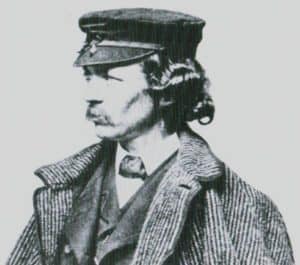
Now about Beau, the Great Pyrenees. A friend who moved to Cairo once sent us a photo of a camel in the truck of a sedan. I remembered that picture the first time we loaded up Beau for a car ride. He took up the entire back seat of Mary Ann’s Toyota Corolla. It was like walking around with a white Shetland pony on a leash. Beau’s presence changed the nature of my visit for the better. On my first visit to Asheville, we explored downtown and took the Zoom Tour, a comedy bus excursion that is so entertaining, Mary Ann now takes everyone who visits her.
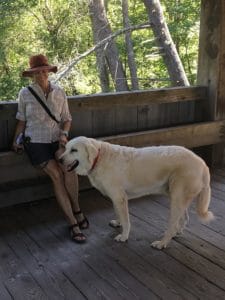
With Beau in tow, instead we spent lots of time outdoors. In addition to the Arboretum, we took him to DuPont Forest, about 40 minutes east and south of Asheville in Henderson and Transylvania Counties. The park covers 10,400 acres and has six waterfalls. Mary Ann, Beau and I hiked to the covered bridge by High Falls and then around to the High Falls overlook. By that time, Beau, never a font of energy, was dragging. After all, Great Pyrenees dogs are breed to stand around herds of sheep and intimidate wolves. Nowhere in Beau’s job description did it say, “Hike down to falls’ bottom with crazy person from Texas.” So Mary Ann and Beau waited for me at the overlook while I continued on down the path to the pools where tattooed men in wife-beater t-shirts and their families were frolicking. I cooled my feet in the water at the bottom of the falls, then climbed back up to where Beau was thirsty from waiting and drank the rest of my water so he could make it to the car. Oh, and he had attracted a fan club while I was gone.
Beau is anywhere from 3-5 years old. His exact birthday is unknown because he is a rescue. While in his lengthy stay in foster care, he had surgery to fix a drooping eyelid so he has a black scar on the by his left eye that makes him look like a canine Capt. Jack Sparrow. When Mary Ann got him eight months ago, he weighed 97 pounds. He is now 120 pounds and is tall enough to rest his shoebox-sized head on my pillow when he stands next to the bed. He showed me this trick about 2 a.m. on the first night I was in Asheville. Telepathically this early morning conversation went something like, “Hey you, two-legger with the opposable thumbs. Think you could open the back door and so I could go outside and protect the patio chairs?”
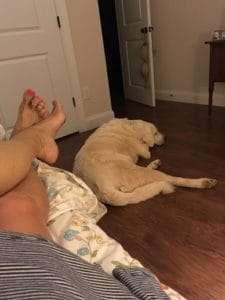
Had I read Dogtime.com, this would not have come as a surprise. “The Great Pyrenees’s goal in life is to protect sheep, goats, livestock, people, children, grass, flowers, the moon, the lawn furniture, bird feeders, from any real or imaginary predators that may intrude on your personal space.”
Every day with Beau was like the movie “Fifty First Dates”. Buster went to bed thinking I was to be protected and the next morning he had moved me into predator category. He would warn me off if I got too close to Mary Ann. Later in the afternoon, he’d start warming up to me all over, especially when I was eating a cheeseburger. On my last night, he gave me final approval as part of the flock and lay down in my room to protect me from wandering predators like the ceiling fan. I have no doubt that when I come back, my approval will have been revoked and have to re-earn his trust. By that time, he’ll probably outweigh me.






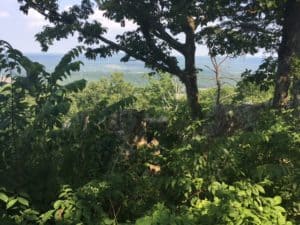
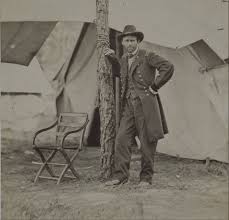


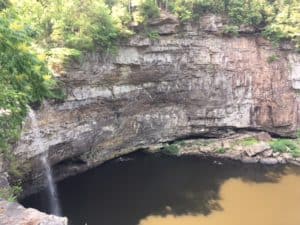

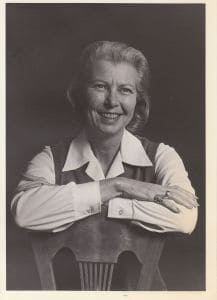

 Is there anything special here?
Is there anything special here?